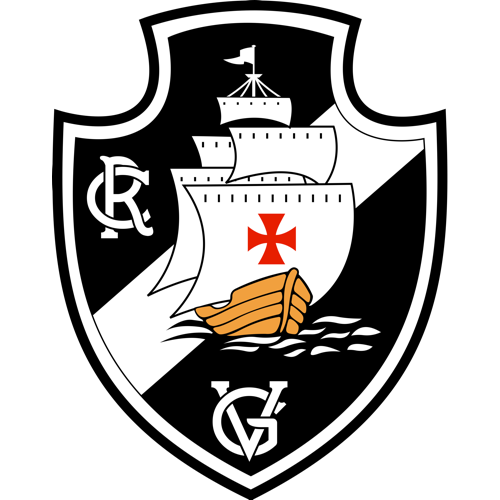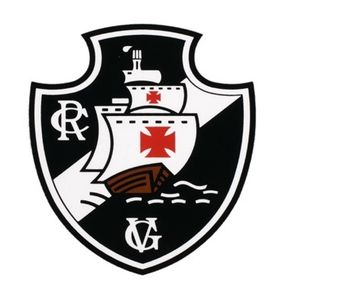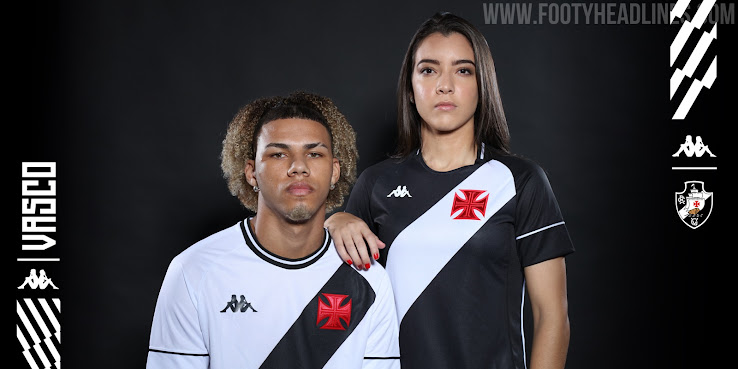


The former President of Vasco, José Augusto Prestes, responded with a letter that became known as the Historic Response, ( Resposta Histórica), which revolutionized the practice of sports in Brazil. After Vasco refused to comply with such a ban, the other big teams, including Fluminense, Flamengo and Botafogo created the Metropolitan Athletic Association and prohibited Vasco from participating unless it complied with their racist demands. In 1924 Vasco da Gama was pressured by the Metropolitan League to ban some players who were not considered adequate to play in the aristocratic league, notably because they were black or mulato and/or poor. Overcoming social & class inequality įootball in Brazil at that time was a sport for the elites, and Vasco da Gama's racially diverse squad didn't appease them. In its first championship in League A – in 1923, Vasco became champion with a team including whites, blacks and "mulatto" players of different social classes. Vasco became champion of the league B in 1922 and ascended to league A. Beginning in the lower leagues, the club's first match was played in 1916 a 10–1 loss to Paladino FC. On 26 November 1915, Vasco and Lusitania Sport Clube merged, resulting in the creation of Vasco's footballing department.

Inspired by the celebrations of the 4th centenary of the first sail from Europe to India, the founders chose to name to club in honor of Portuguese explorer Vasco da Gama. On August 21, 1898, in a room of the Sons of Talma Dramatic Society, 62 members (mostly Portuguese immigrants) formed the Club de Regatas Vasco da Gama (Vasco da Gama Rowing Club). At this time, four young men – Henrique Ferreira Monteiro, Luís Antônio Rodrigues, José Alexandre d'Avelar Rodrigues and Manuel Teixeira de Souza Júnior – who did not want to travel to Niterói to row with the boats of Gragoatá Club, decided to found a rowing club. In the late 19th century, rowing was the most important sport in Rio de Janeiro.
C R VASCO DA GAMA PROFESSIONAL
Vasco was founded on Aug(although the professional football department started on November 5, 1915), by Portuguese immigrants, and still has a strong fanbase among the Portuguese community of Rio de Janeiro. It currently plays in the Campeonato Brasileiro Série B, the second tier of Brazilian football league system and in the Campeonato Carioca, the state of Rio de Janeiro's premier state league. Although it competes in a number of different sports, Vasco is mostly known for its football team. Club de Regatas Vasco da Gama ( Portuguese pronunciation: ), also known as Vasco da Gama or simply Vasco, is a Brazilian professional sports club based in Rio de Janeiro, in the neighborhood of Vasco da Gama.


 0 kommentar(er)
0 kommentar(er)
